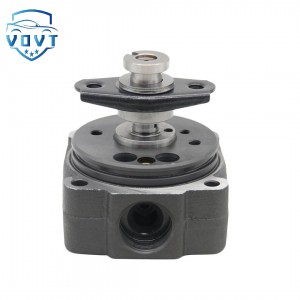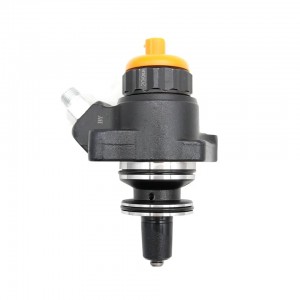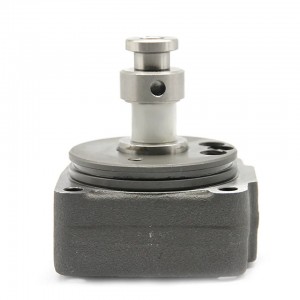Made in China New Diesel Fuel Head Rotor 7180-613W Auto Parts Car Engine Parts Diesel Parts
products description
| Reference. Codes | 7180-613W |
| Application | / |
| MOQ | 2PCS |
| Certification | ISO9001 |
| Place of Origin | China |
| Packaging | Neutral packing |
| Quality Control | 100% tested before shipment |
| Lead time | 7~15 working days |
| Payment | T/T, L/C, Paypal, Western Union or as your requirement |
Common faults of diesel pump head
Plunger pair failure
Wear: After long-term use, the clearance between the plunger and the plunger sleeve will increase due to wear, resulting in increased internal leakage. This manifests as difficulty in starting the engine, power reduction, and weak acceleration. It may also increase fuel consumption because some fuel leaks out without effectively participating in combustion.
Seizure: The plunger may be stuck in the plunger sleeve due to impurities in the diesel, poor lubrication, or excessive oil temperature. At this time, the diesel pump cannot supply oil normally, the engine cannot start, or it suddenly stalls during operation.
Fuel outlet valve failure
Poor sealing: The oil outlet valve seat surface is worn, the oil outlet valve spring elasticity is weakened or broken, etc., which will cause the oil outlet valve to seal poorly. In this way, when the oil pump is working, the fuel in the high-pressure oil pipe will flow back to the oil pump, resulting in unstable fuel supply pressure, engine shaking, and unsmooth acceleration.
Stuck: The oil outlet valve may be stuck in the open or closed position due to impurities or quality problems. If it is stuck in the open position, the fuel in the high-pressure oil pipe will not be able to build up enough pressure, and the engine power will decrease; if it is stuck in the closed position, the cylinder will not be able to spray fuel, the engine will run without a cylinder, and it will shake violently.
Injector failure
Blocking: Impurities and carbon deposits in diesel will block the spray holes of the injector, causing uneven fuel injection and poor atomization, resulting in incomplete engine combustion, black smoke, power reduction, and increased fuel consumption.
Dripping: Wear or poor sealing of the injector needle valve will cause fuel dripping after the injection is completed, so that the fuel in the combustion chamber cannot be fully burned in time, affecting the normal working cycle of the engine, and may also cause carbon deposits on the spark plug and engine shaking.
Oil pump drive failure
Belt problem: The belt will wear, age, crack, or even break after long-term use. If the belt is too loose, the oil pump speed will be unstable and the fuel supply will not be timely; if the belt is broken, the oil pump will stop working and the engine will not be able to obtain fuel supply.
Loose connection: Loose connection parts between the oil pump and the drive shaft will cause unstable power transmission and abnormal operation of the oil pump, which is manifested as interruption or instability of oil supply during engine operation.
Seal failure
Aging: The seal will gradually age, harden, and lose elasticity when working in a high temperature and high pressure environment for a long time, resulting in a decrease in sealing performance. Fuel leakage will occur around the oil pump head, which will not only waste fuel, but also cause safety hazards such as fire. At the same time, it will cause insufficient pressure inside the oil pump and affect the oil supply effect.
Damage: Improper installation, external impact, or impurities in diesel may damage the seal. Damaged seals cannot be effectively sealed, and similar failure phenomena as aging seals will occur, such as oil leakage and unstable oil supply pressure.
Solenoid valve failure
Coil failure: The coil of the solenoid valve may be damaged due to overheating, short circuit, open circuit, etc. After the coil is damaged, the solenoid valve cannot work normally, and cannot control the oil supply timing and oil supply of the oil pump. The engine may have problems such as difficulty in starting and unstable operation.
Valve core stuck: The valve core may get stuck in a certain position due to impurities, oil stains or its own quality problems, causing the solenoid valve to be unable to open or close normally, affecting the operation of the oil pump.























